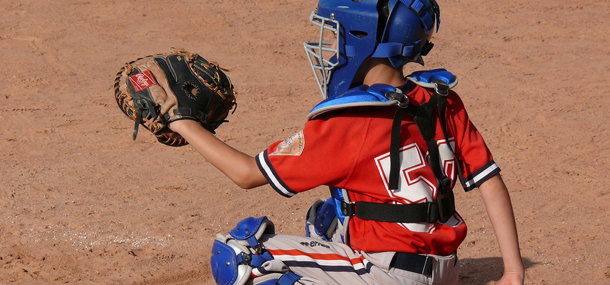
After this strangely harsh winter that seemed to never end, the birds are finally beginning to sing and the showers have begun to fall. Spring is now here and with it the excitement of the opening day of baseball is in the air. Millions of children participate in an organized sport each year; from track and field to softball and baseball, anything to shake off the winter blues and experience the gorgeous weather. Some of your children may continue their training year round, while others may just now be beginning their training for the upcoming little league season. As much as we love having our children out of house, the longer competition seasons and year-round participation are likely contributing factors in the increased rate of the pediatric throwing injuries. Now don’t go pulling your children from their favorite outside activities just yet, because there is hope. With the proper conditioning and training, the risks for injury may be greatly reduced.
Elbow injuries are some of the most commonly reported injuries during the springtime, because while performing an overhead throwing motion, there is a particular stress on the elbow. This repetitive stress may lead to growth plate injuries in children, particularly in young pitchers (less than 16 years old).
One of the most frequent injuries occurring in young throwers is medial epicondylitis, or Little Leaguer’s elbow, a stress injury of the inner elbow. In older children and major leaguers alike, one tends to see a greater predominance of ligamentous injuries, including ulnar collateral ligamentous sprains or tears. Just remember, whether it’s the first practice of the year or the first practice ever, please condition and stretch to prevent any unplanned visits to Cincinnati Children’s Radiology Department.
Contributed by Dr. Christopher Anton and edited by Tony Dandino, (RT, MRI).